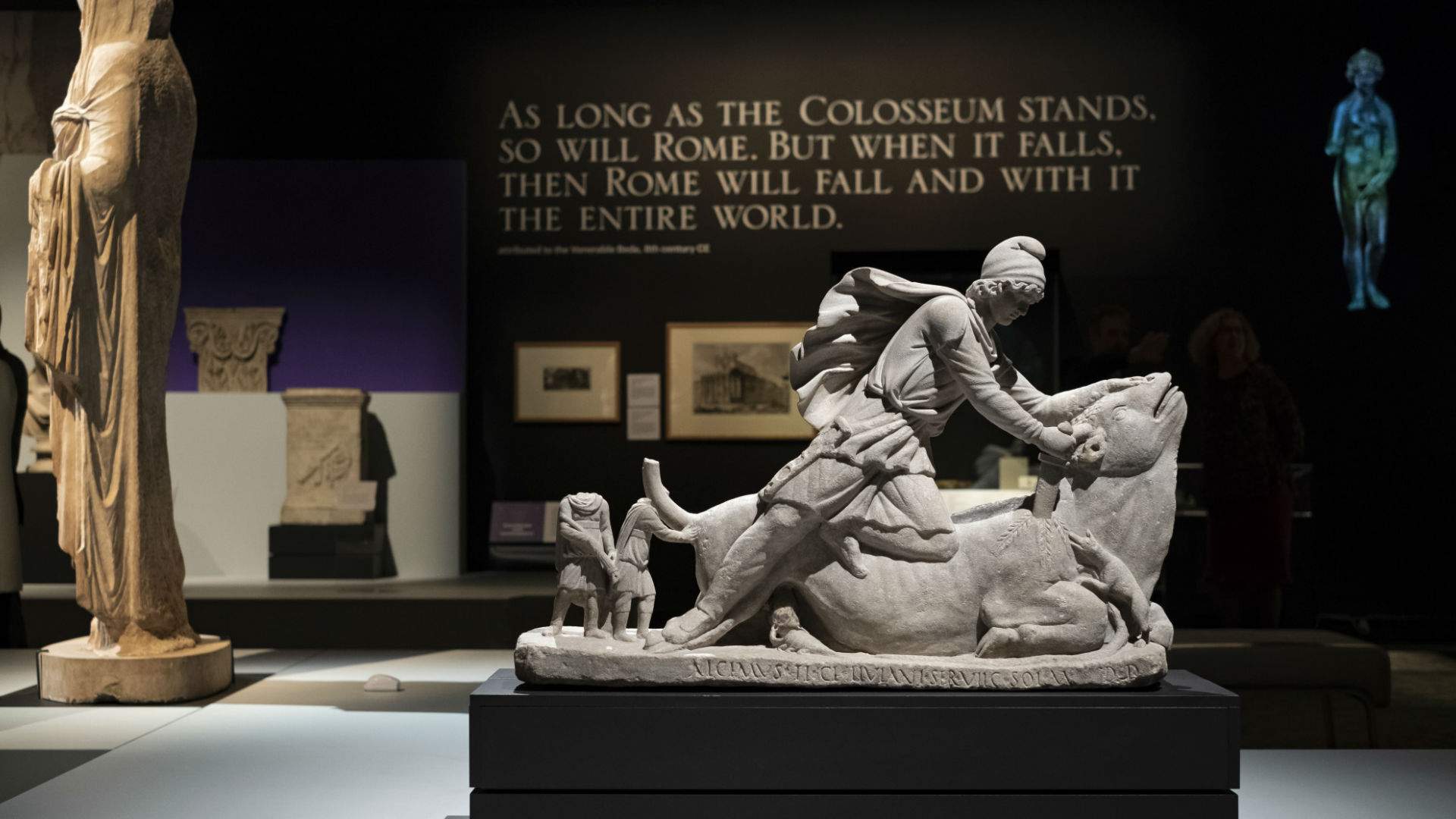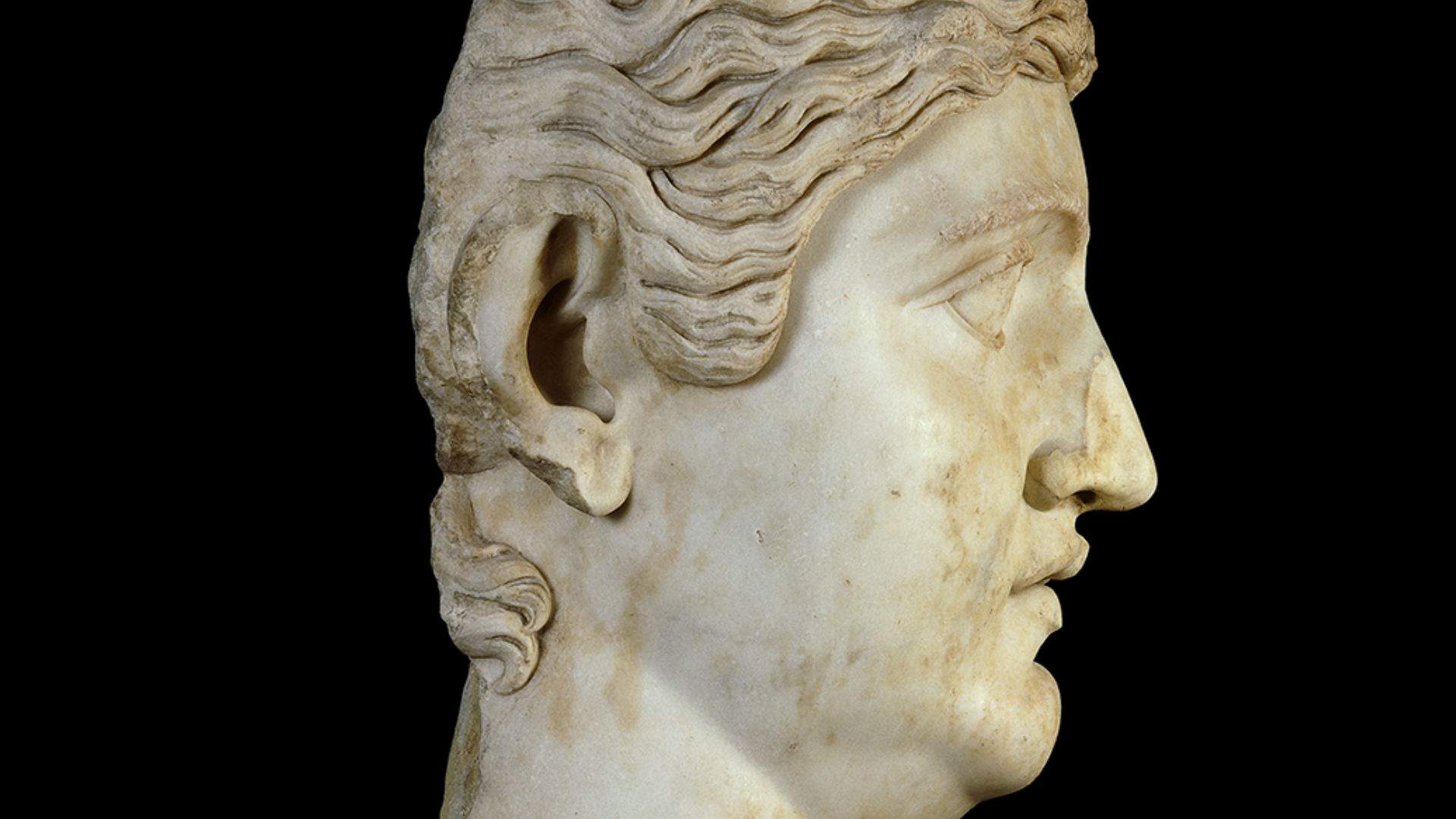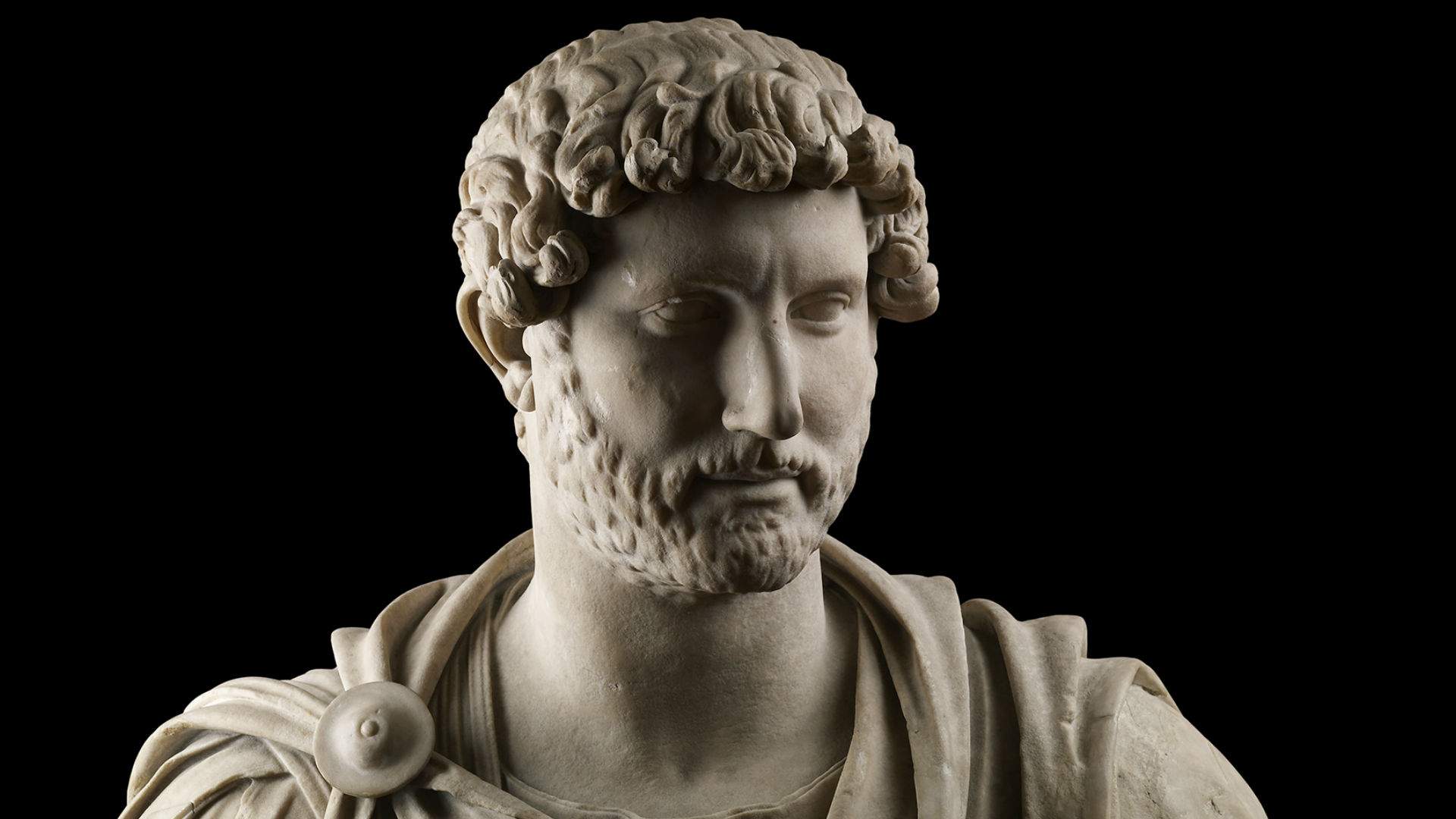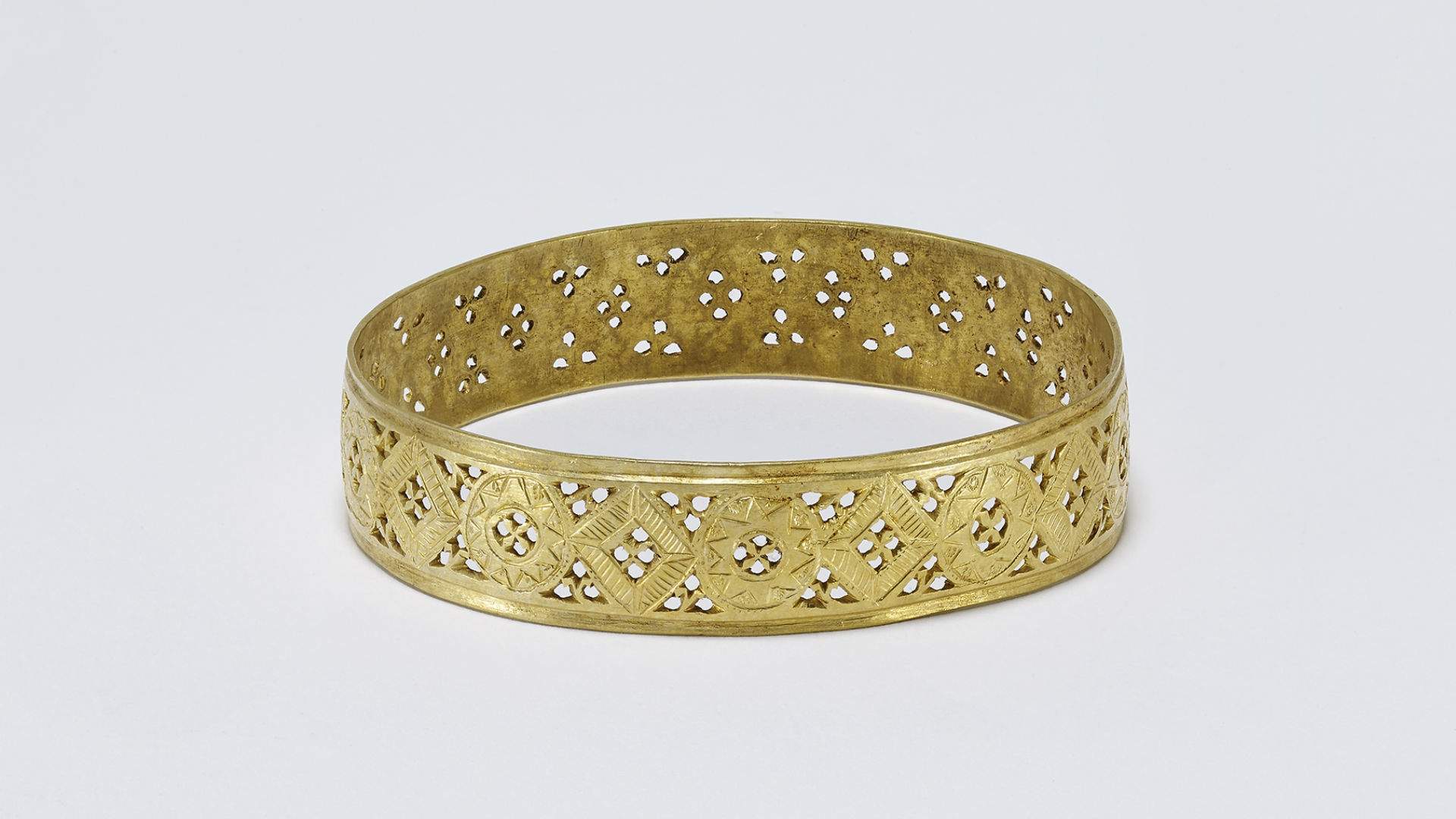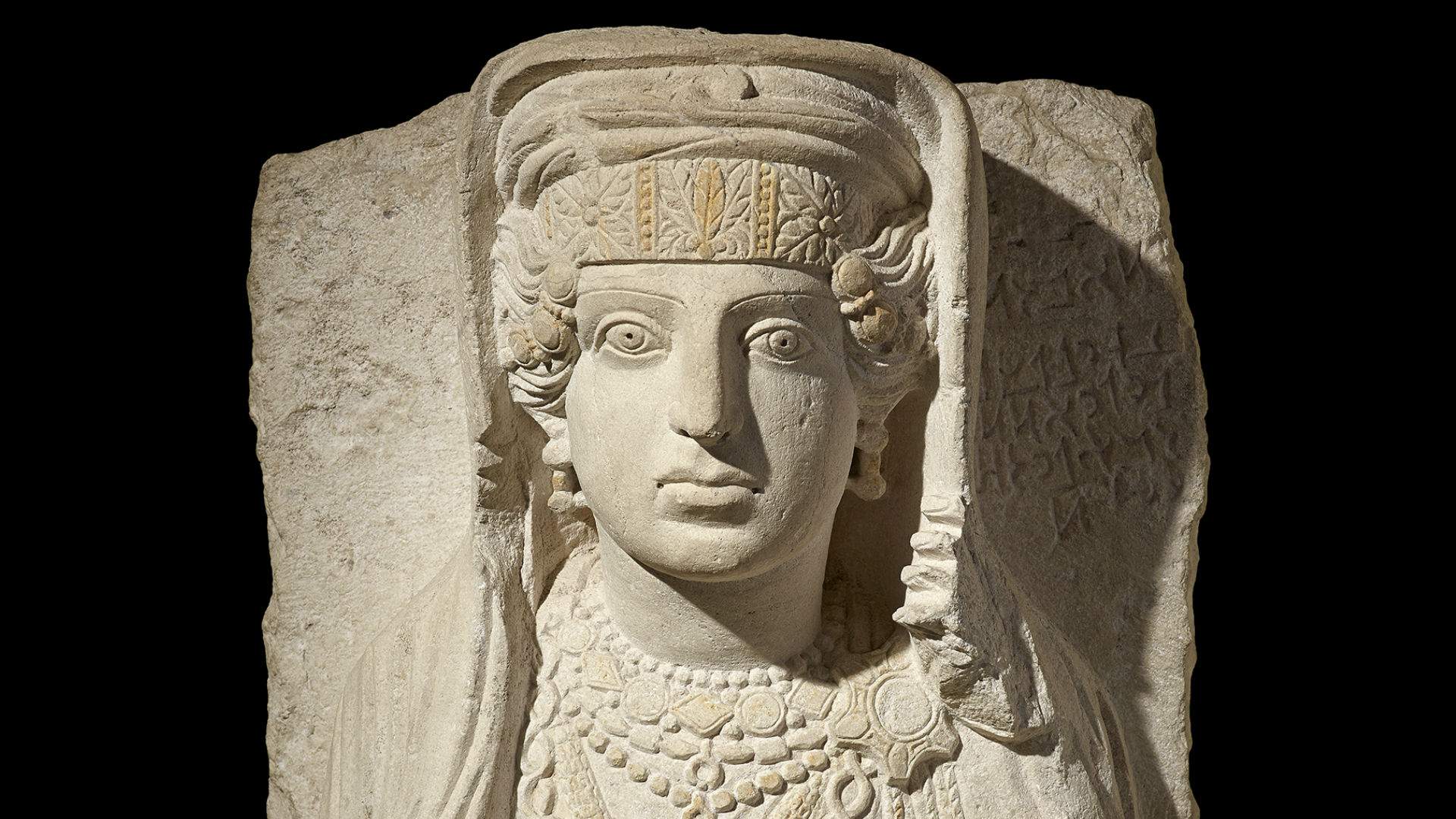Five Must-See Objects from the 'Rome: City and Empire' Exhibition
From mosaic flooring that warned of overdoing it on the booze to history's first hipster.
In partnership with
Step into ancient Rome with this new blockbuster exhibition at the National Museum of Australia in Canberra, on loan from the British Museum. Running till February 3 and showing for only the second time internationally (and exclusively in Canberra), Rome: City and Empire presents a rare opportunity to view sculptures, jewellery, wall paintings, mosaics, ceramics and other precious objects from one of the most innovative and creative civilisations in history.
Displaying more than 260 of the British Museum's most-admired Roman objects, the exhibition narrates the story of how the empire grew from an informal collection of villages to a great civilisation that once covered present-day Europe, the Middle East and North Africa.
Obviously, the sheer scale of the exhibition can be overwhelming — so many artefacts, so little time. So to help you out, we've curated a list of our top five must-see objects from the vast array of ancient artefacts on display. Grab your ticket, plan a trip to Canberra and dive headfirst into ancient Rome.

COLOSSAL STATUE HEAD OF EMPRESS FAUSTINA I
Empress Faustina I was a Princess Diana of ancient Rome, known for her charitable work.
This colossal marble sculpture of Faustina the Elder has been one of the British Museum's most prominent pieces since its acquisition in 1936. Uncovered at the Temple of Artemis in Turkey, only a fragment of what must have been a monumental statue (potentially four metres high) remains — it's just the head, and it's a whopping 176 centimetres tall.
A well-respected public figure throughout her lifetime, Faustina was the wife of Antoninus Pius, the Roman emperor from 138–161CE. Known for her charity work, she was particularly interested in assisting with the education of Roman orphans, specifically young girls. We know, what a woman.
Following Faustina's unexpected death just two years into his reign, her devastated husband never remarried. Instead, the emperor turned her into a goddess and cast her portrait on thousands of gold coins — which are some of the most common coins from ancient Rome still in existence today.

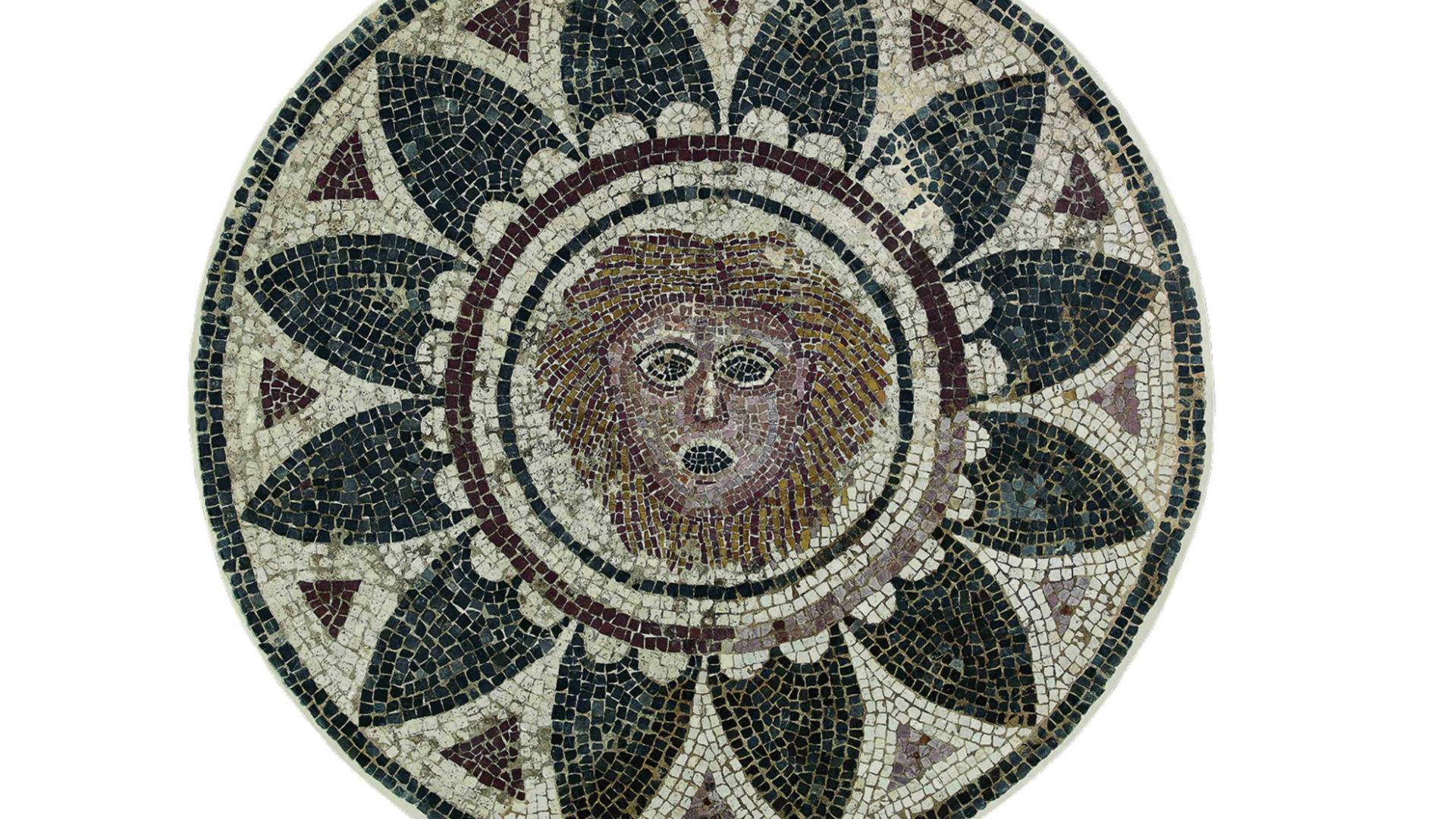
National Museum of Australia.
MOSAIC PANEL
Look for the face of Phobos, god of fear, who may have warned revellers against drinking too much.
The affluent Romans took the well-established practice of mosaic making and turned it into an art form as seen in this mosaic panel. Once adorning the floor of an opulent Roman dining room in Turkey, this intricate 4th-century stone mosaic features coloured rosette petals surrounding a medallion depicting Phobos, the god of fear — potentially included as a way to deter over-imbibing. As a status symbol of sorts, the wealthy would decorate the floors of their villas with mosaics to add an ornamental element to their homes, a topic of conversation during dining and a way of keeping homes (and bare feet) cool during the hot summers.

PORTRAIT BUST OF HADRIAN
Hadrian was the first Roman emperor to sport a beard, and potentially, history's original hipster.
Described as one of the 'five good emperors', Hadrian was somewhat of an outsider compared to many of his peers. He liked to travel and spent about half of his reign outside of Rome. He also had a particular interest in Greece, which was considered to be the centre of arts and culture. It was rumoured that he even sported a beard to look like Greek philosophers — or perhaps to cover acne scars.
This particular bust of the emperor was found at Hadrian's picturesque villa in Tivoli, which today remains one of the finest ancient Roman sites to visit. Carved from marble, Hadrian appears here as a strong commander-in-chief of the military, but for the most part, Hadrian's reign as emperor of Rome was a peaceful one.
BRACELET FROM THE HOXNE TREASURE
This intricate bracelet (along with a whole chest of treasures) was discovered by a humble metal detectorist in 1992.
Next time you see someone searching for hidden goods with a metal detector, don't judge; you never know what you might find. In 1992, farmer Eric Lawes went in search of a lost hammer but, instead, uncovered something much more valuable — the Hoxne Treasure. Yep, this literal treasure chest buried in Suffolk, England, held thousands of precious objects, including gold and silver coins, jewellery and dining materials. The find has been traced back to the early 5th century, a time when the Roman Empire's rule over current day Britain was beginning to collapse.
During excavation, archaeologists discovered that the precious items were still carefully wrapped in their original fabric. Alongside its sizeable wealth, the Hoxne Treasure was also an important discovery because it reflected the universal concern of keeping our material possessions safe during times of uncertainty.

FUNERARY RELIEF OF A WOMAN
Funerary monuments were commonplace among the wealthy and often told the life stories of the entombed.
Taking the shape of Herta, a woman from Palmyra, this limestone funerary relief juxtaposes Palmyrene and Roman cultures. Dressed in fine Syrian garments but shown in a Roman-style sculpture, Herta is prepared for the afterlife, decked out in ornate clothing and jewellery. In Palmyra, the aristocrats had their burial compartments sealed with portrait monuments, such as this, often accompanied with inscriptions about their lives. These tombs — including single-storey house tombs, extravagant multi-storey towers and those buried deep into the underground rock — were commonplace until about 270CE.

Rome: City and Empire will run until Sunday, February 3, 2019. Tickets can be purchased via the NMA's website.
